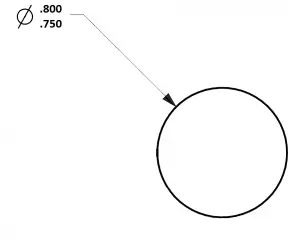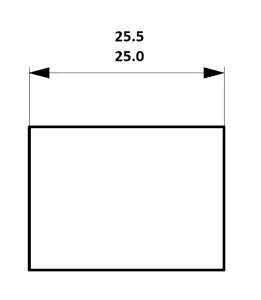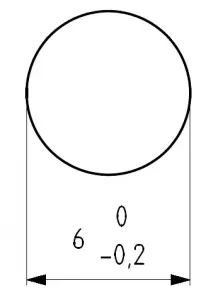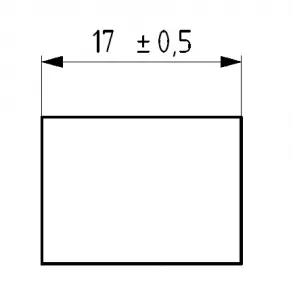Table of Contents
ToggleWhat is a limit tolerance?

A limit tolerance is a form of dimensional tolerancing that specifies a tolerance range for a specific feature. Limit tolerances are also known as limit dimensioning and are an effective way to specify requirements on a blueprint. They clearly identify the tolerance range without requiring additional calculations by the blueprint reader.
Limit tolerance symbol
There is no GD&T symbol for a limit tolerance. Per ASME Y14.5, the notation for a limit tolerance is to callout the upper and lower tolerance boundaries for a dimension. The upper end value of the tolerance range goes on top of the lower end value as shown in the examples below.
Limit tolerance examples


Limit tolerance vs unilateral tolerance

A unilateral tolerance lists a nominal value along with a plus or minus tolerance. Using these two values allows the blueprint reader to calculate the upper and lower ends of the tolerance range. A limit tolerance skips the calculation step and directly specifies the upper and lower end of the tolerance range. If the unilateral tolerance above was instead specified as a limit tolerance it would be 5.8-6.0.
Limit tolerance vs bilateral tolerance

A bilateral tolerance lists a nominal value along with a plus/minus tolerance. Using these two values allows the blueprint reader to calculate the upper and lower ends of the tolerance range. A limit tolerance skips the calculation step and directly specifies the upper and lower end of the tolerance range. If the bilateral tolerance above were instead specified as a limit tolerance it would be 16.5-17.5.
Want to learn more?
GD&T is a complicated subject and understanding it correctly can be the difference between a perfect part and scrap.
The best way to learn GD&T is from experienced teachers who can break down the material into manageable pieces.
Luckily, we know someone.
And MachinistGuides.com readers get an exclusive discount on training!
Related articles
For more information see these related articles:
